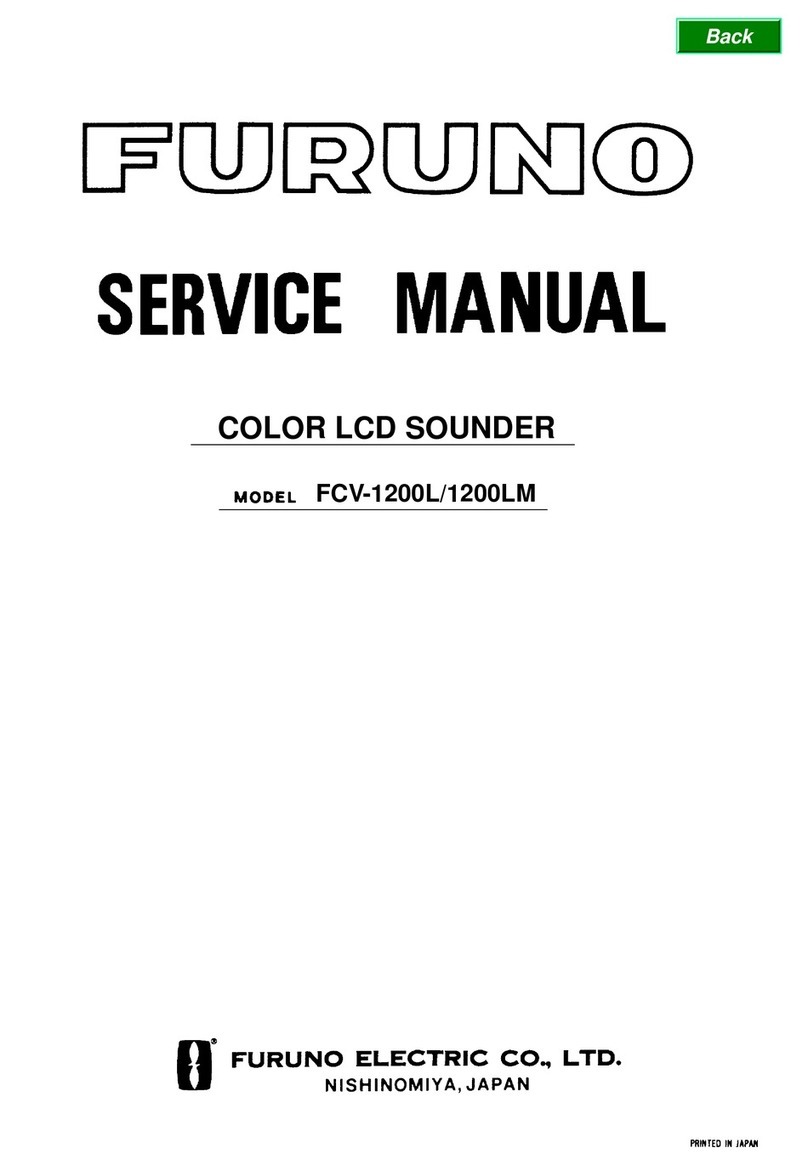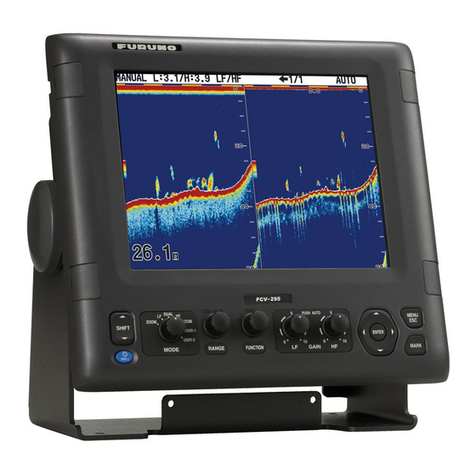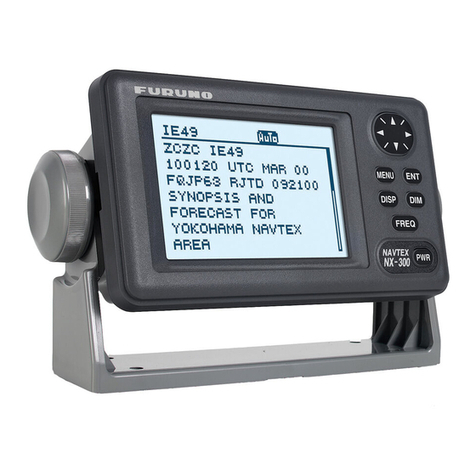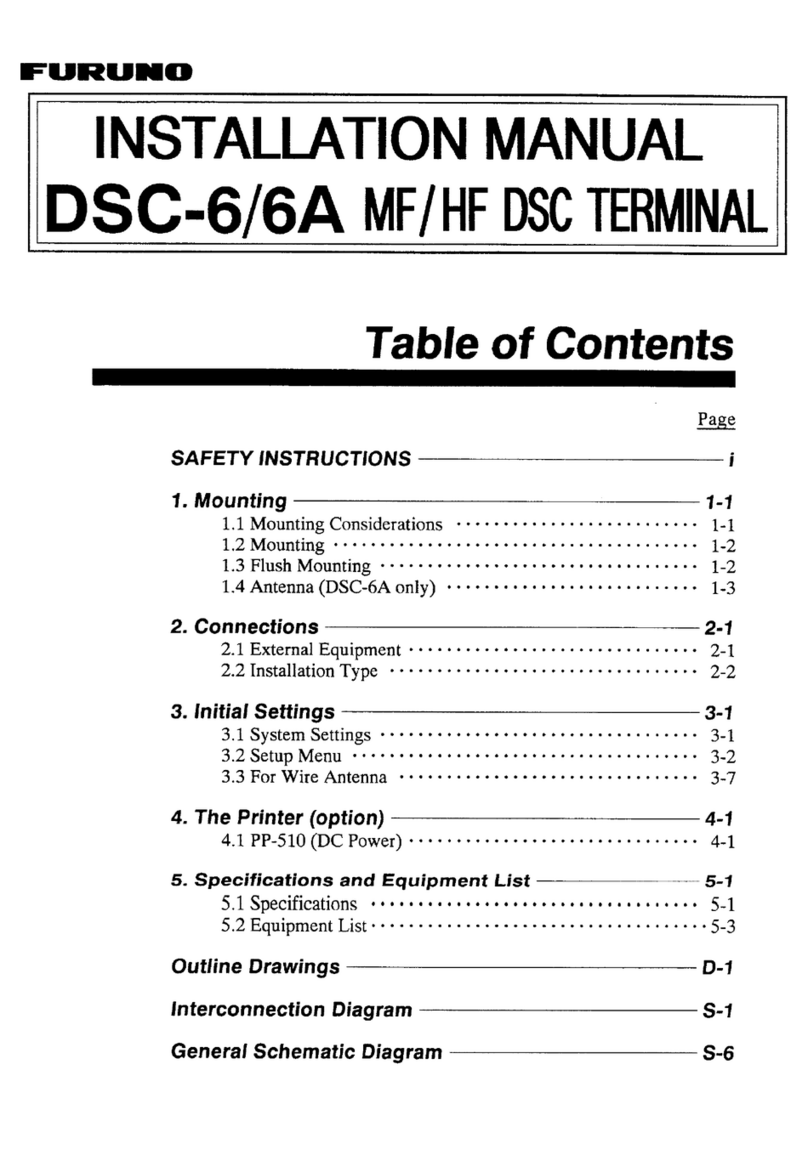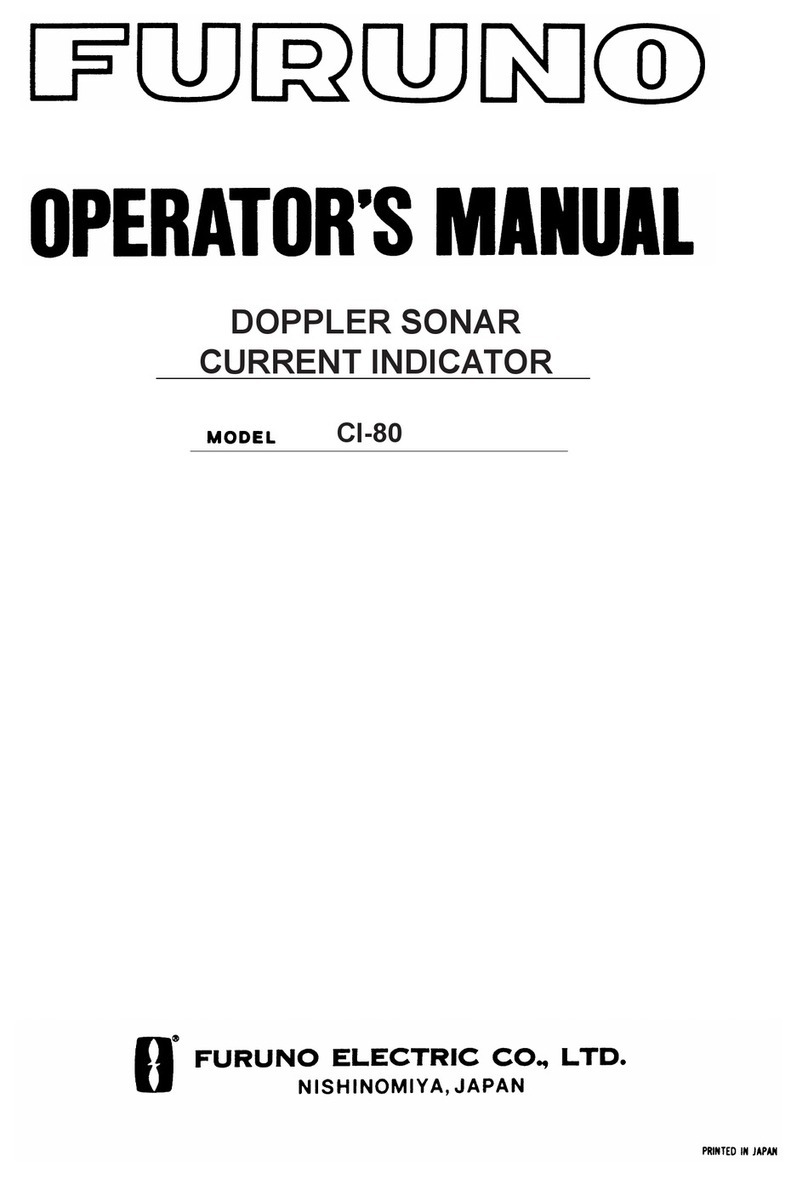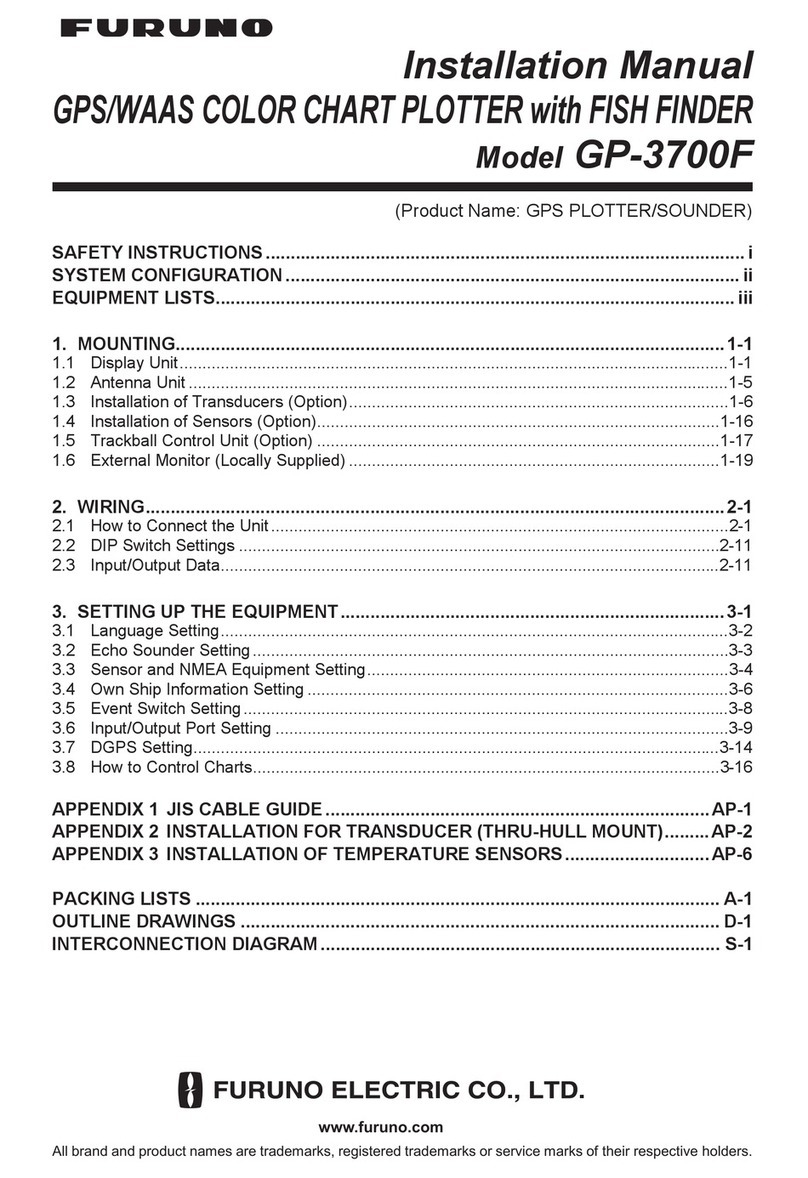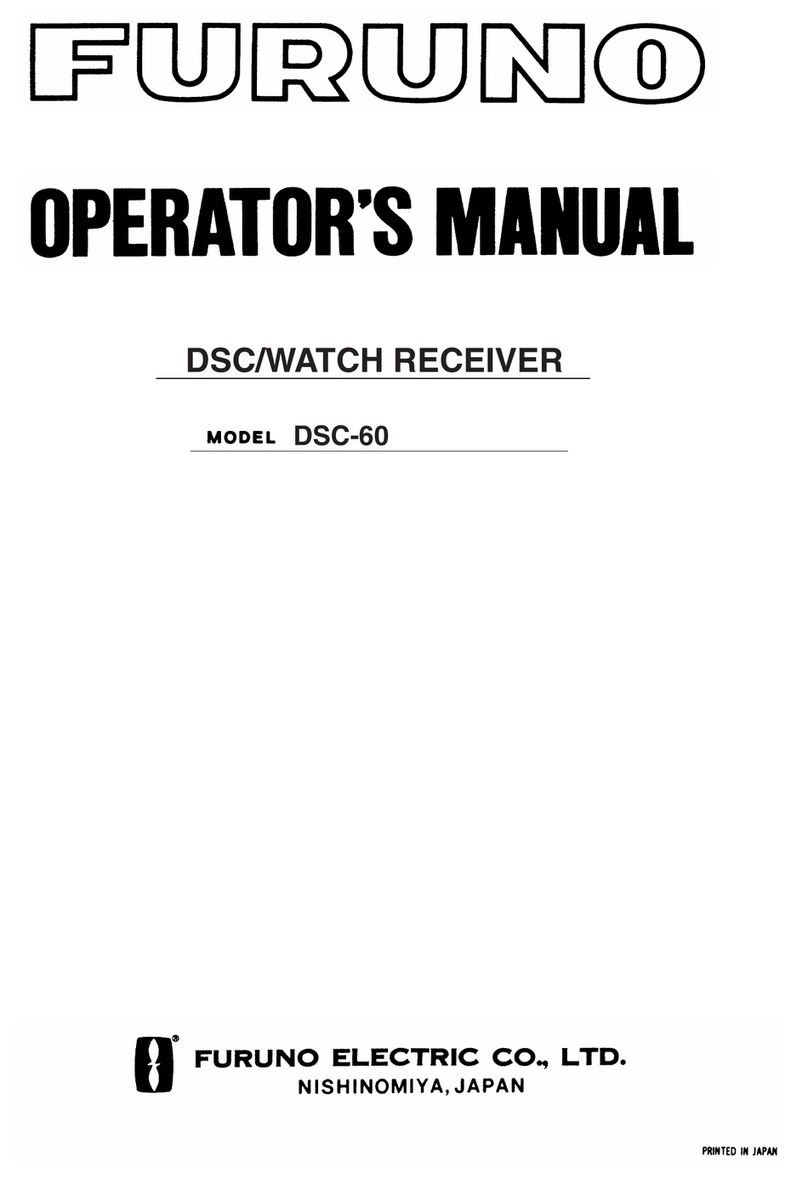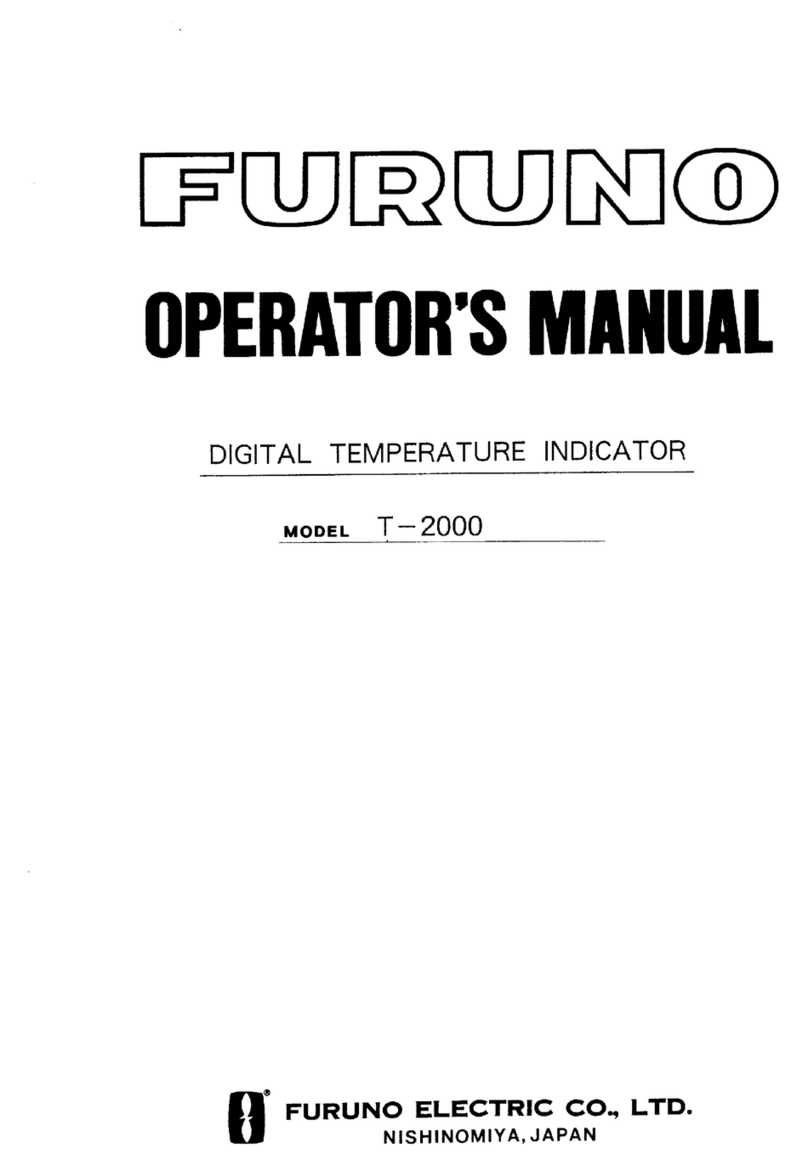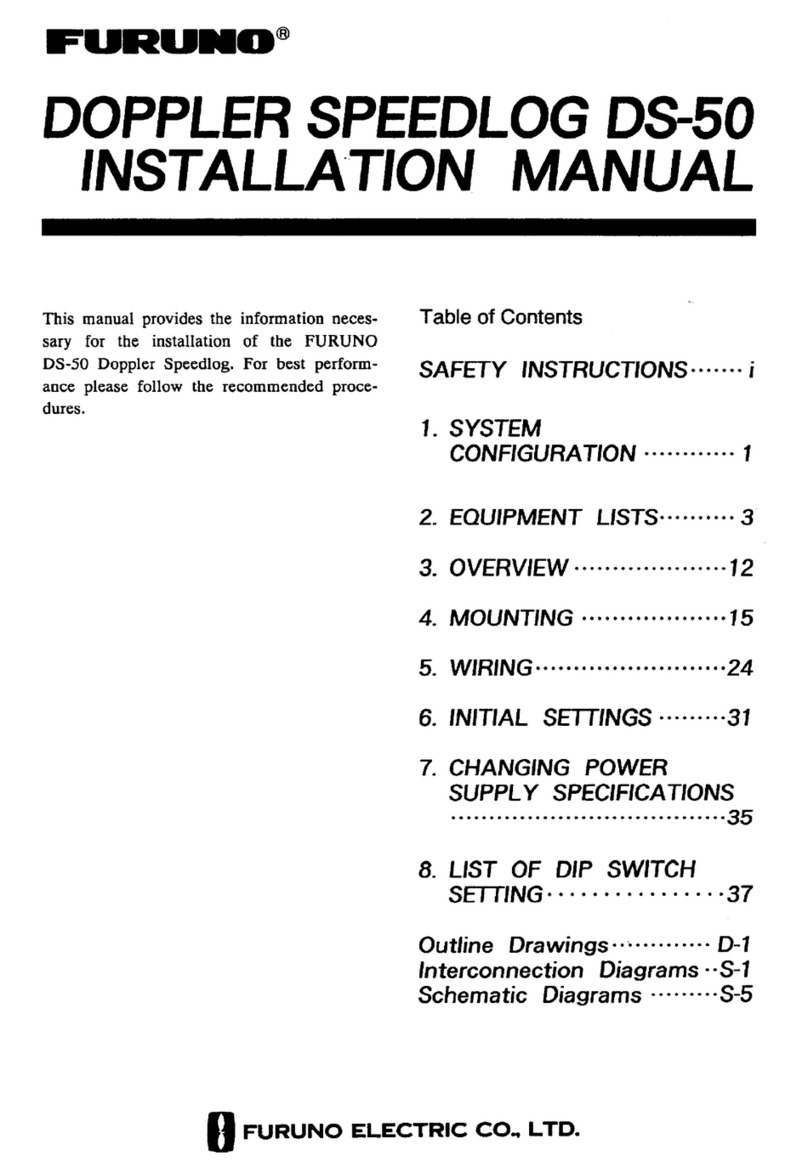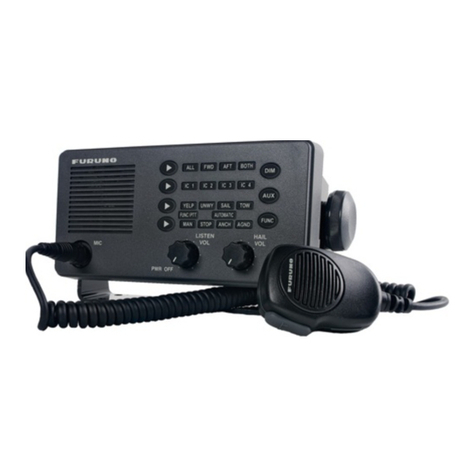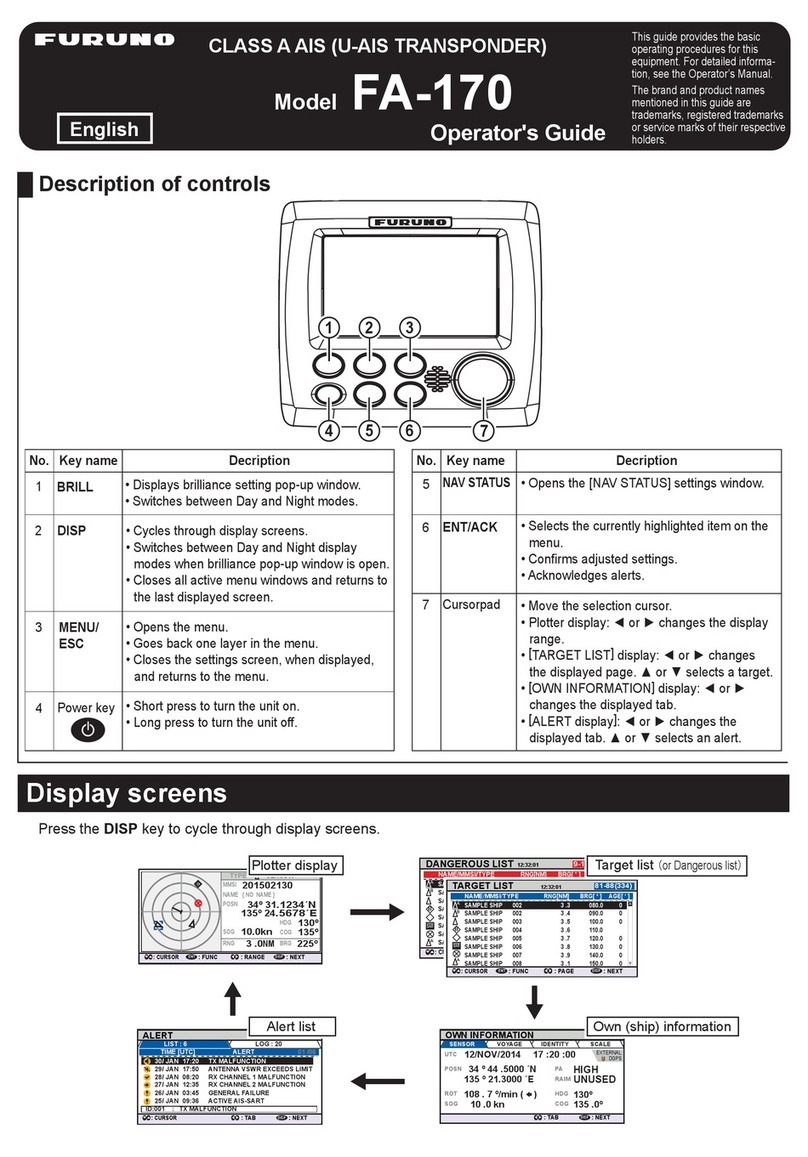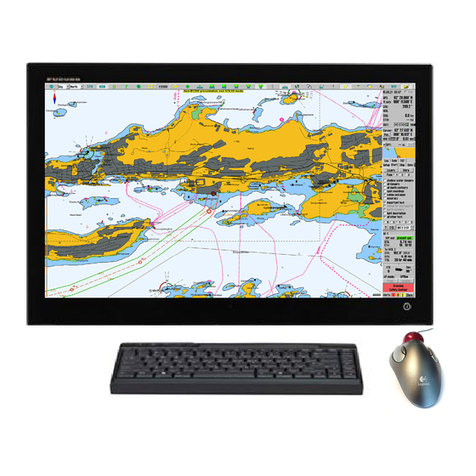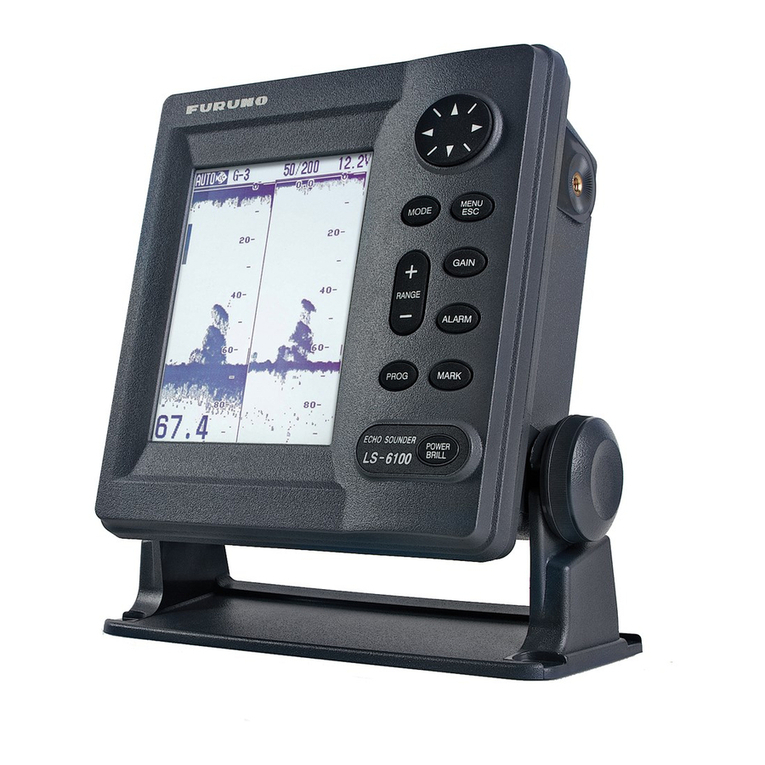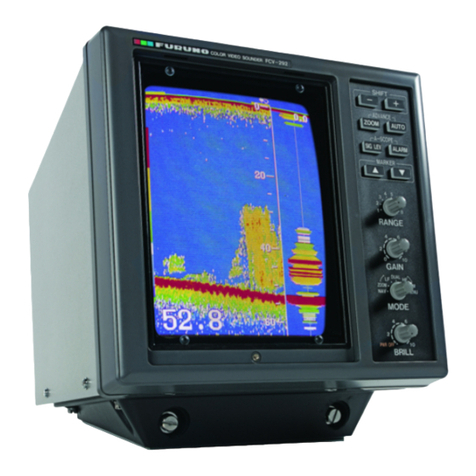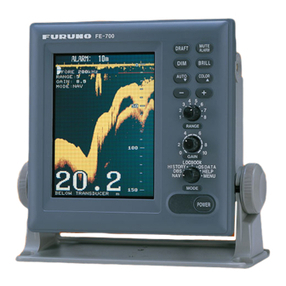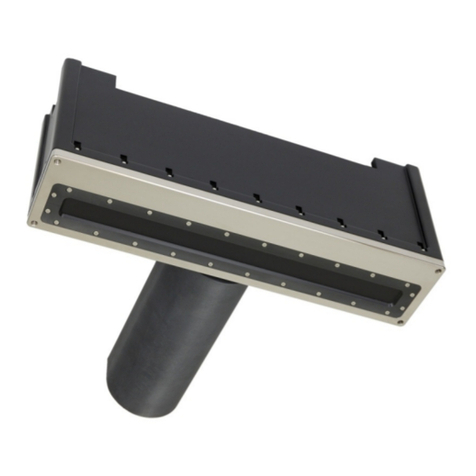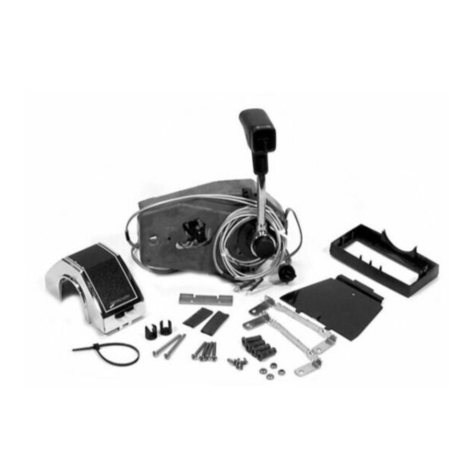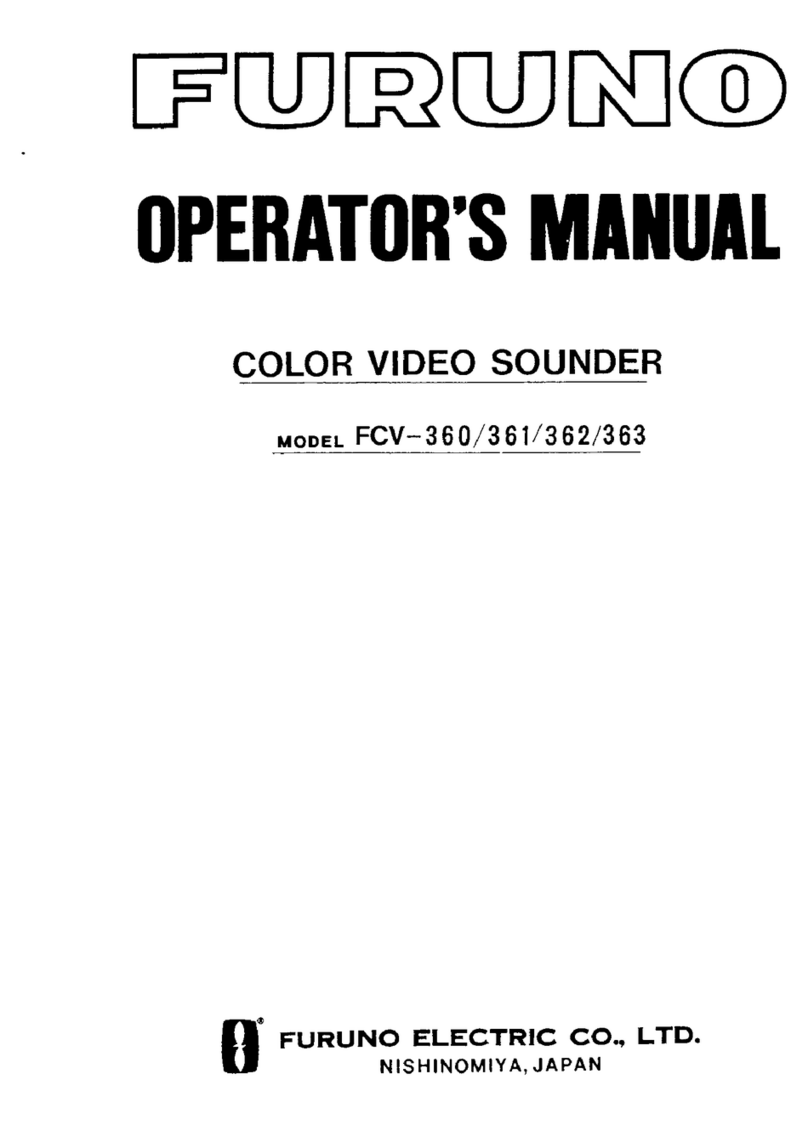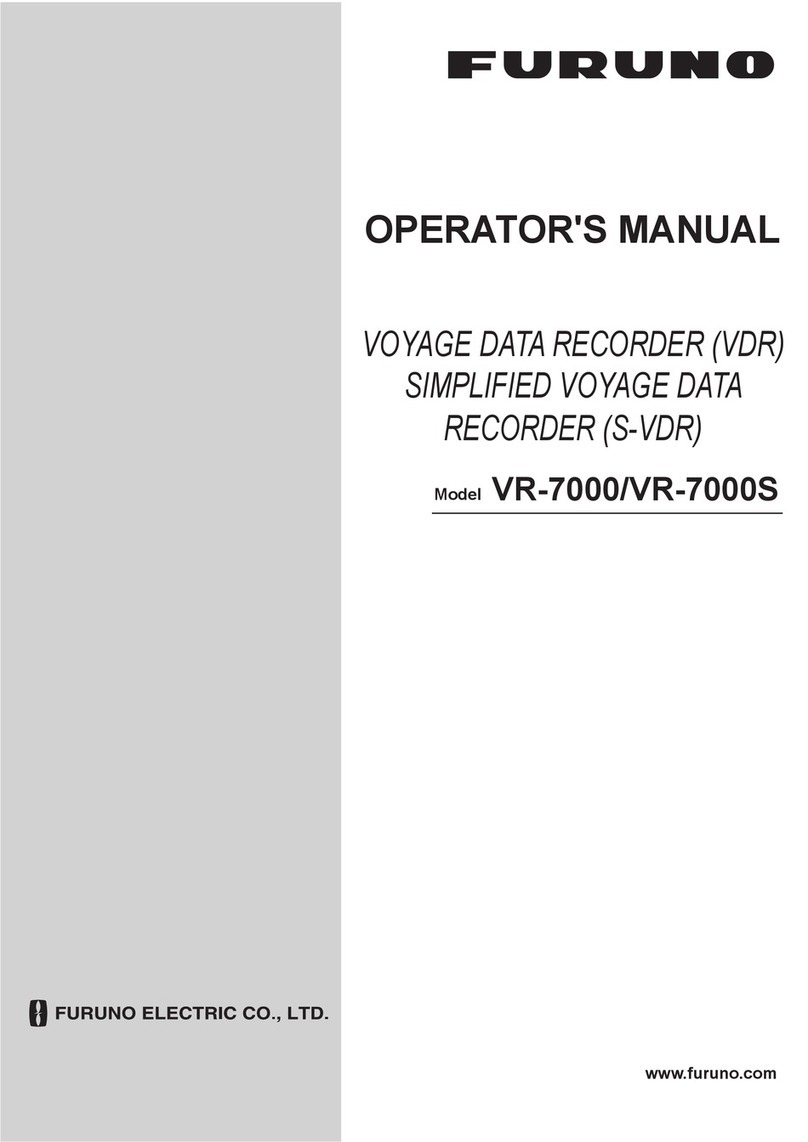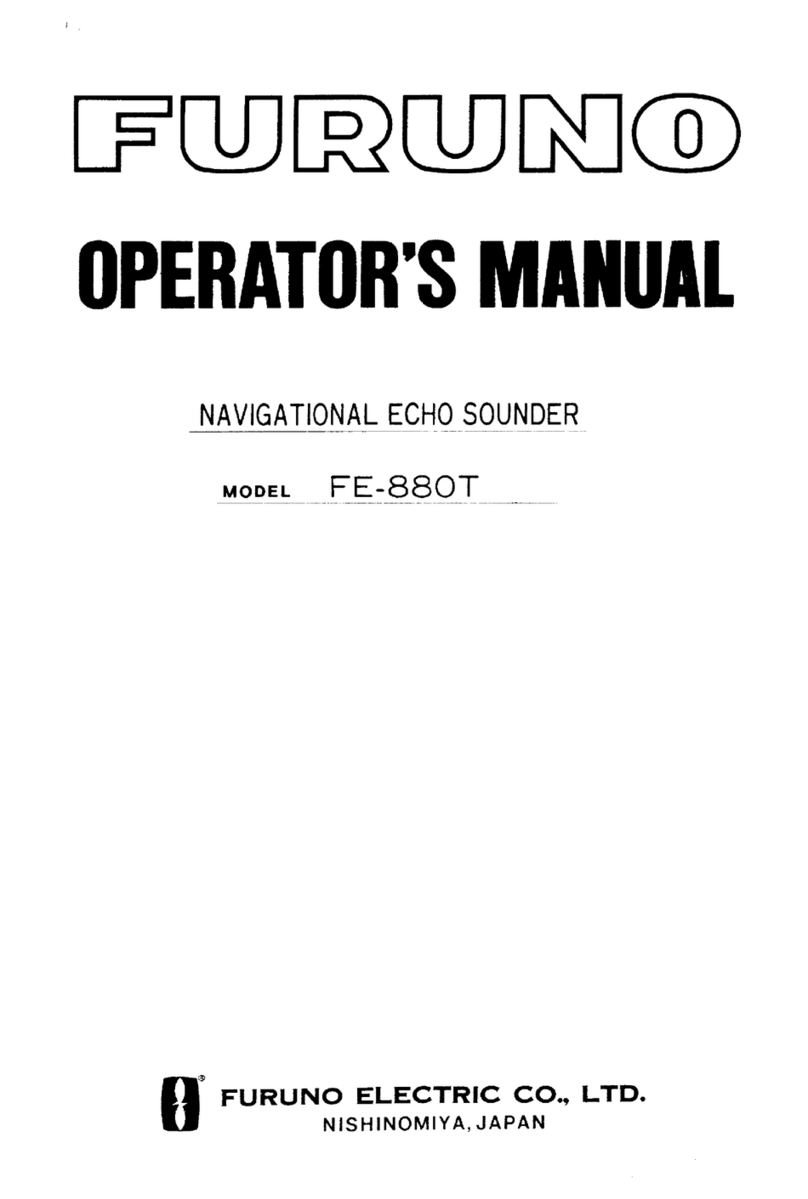4
1Part specification...................................................................................................5
2Installation..............................................................................................................8
3Installing the instrument.......................................................................................9
3.1 Mount the transducer...................................................................................10
3.1.1 Correct location of paddlewheel transducer ............................................10
3.1.2 Installing the through hull fitting...............................................................11
3.1.3 Run and install the cables........................................................................12
3.1.4 Installing instrument to the Server ...........................................................13
3.1.5 Installing the transducer direct to the instrument.....................................13
3.1.6 Installing transducer to the Server...........................................................14
4First start..............................................................................................................15
4.1 Initialising the instrument .............................................................................15
4.2 Re-initialising the instrument........................................................................15
5Operation..............................................................................................................16
5.1 About this manual ........................................................................................16
5.2 How to use the push-buttons .......................................................................17
5.2.1 PAGE.......................................................................................................17
5.2.2 MINUS .....................................................................................................17
5.2.3 PLUS .......................................................................................................17
5.2.4 SET..........................................................................................................17
5.2.5 Clear / cancel / reset................................................................................18
5.2.6 Calibration................................................................................................18
5.2.7 Lighting ....................................................................................................18
6SPEED functions .................................................................................................19
6.1 SPEED main-function ..................................................................................19
6.2 SPEED sub-functions ..................................................................................19
6.2.1 TRIP LOG (TRP)......................................................................................19
6.2.2 TOTAL LOG (LOG)..................................................................................19
6.2.3 MAXIMUM SPEED (MAX)........................................................................19
6.2.4 START TIMER (STA)...............................................................................19
6.2.5 TIMER......................................................................................................19
6.2.6 AVERAGE SPEED (AVS)........................................................................19
6.2.7 DISTANCE (DST) ....................................................................................19
6.2.8 DEPTH (unit/DPT) Only in Nexus Network..............................................20
7Calibration............................................................................................................21
7.1 Calibration of speed C10 ............................................................................22
7.1.1 C10 Return (RET)....................................................................................22
7.1.2 C11 (Unit KTS).........................................................................................22
7.1.3 C12 (1.25 CAL)........................................................................................22
7.1.4 C13 DAMPING (SEA)..............................................................................22
7.2 C20, calibration of depth..............................................................................23
7.2.1 C20 (RET)................................................................................................23
7.2.2 C21 (Unit m) ............................................................................................23
7.2.3 C22 ( - 00.0 ADJ).....................................................................................23
7.2.4 C23 (Unit°C) ............................................................................................23
7.2.5 C24 (0°C TMP) ........................................................................................23
8Maintenance and fault finding............................................................................24
8.1 Maintenance ................................................................................................24
8.2 Fault finding .................................................................................................24
8.2.1 General....................................................................................................24
8.2.2 Fault - action............................................................................................25
9Specifications......................................................................................................25
9.1 Technical specifications...............................................................................25
9.2 Equipment Lists ...........................................................................................26
